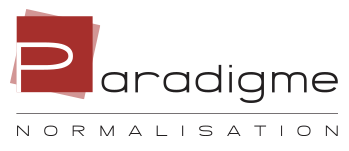Training
Audit engagement – New tool for determining the number of substantive tests

Length: 3 h 30
Redesign training for 2024-2025
Summary
Redesign of the training to deepen the concepts with additional examples. This training will now last 3 h 30.
With the latest update of their questionnaires, Paradigme Normalisation has published new tools to help the auditor to document enough substantive tests.
The goal is to replace the statistical method (Poisson distribution or other statistical approaches) with a new matrix of a non-statistical approach to determining the number of substantive tests based on your percentage assessment of the risks of material misstatement (RMM).
The assessment of inherent risks (IR), Control Risk (CR), Non Detection Risk (NDR) and Analytical Procedures Risk (APR) are treated on a percentage basis to reflect your professional judgment between low, moderate and high risks.
At the end of the course, the practitioner will be able to:
- Understand the use of the matrix: RMM % = IR % x CR % x NDR % x APR %
- Distinguish between the differences between Tolerable Deviation Rate (TDR), Materiality and Performance Materiality
- Evaluate the Non Detection Risk (NDR) as a percentage and convert it into an R risk factors
- Explore in greater depth the analytical procedures for corroboration and the possibility of reducing the number of substantive tests.
- Document the audit file in accordance with CAS 530
Agenda
Execution of the audit engagement
- Review the concepts of obtaining adequate and sufficient evidence
- Understand the different risk indicators in the new matrix
- Assimilate the new matrix to effectively document the number of substantive tests
- Present the links between the different Paradigme Questionnaires for the risk assessment and the form of determining substantive tests for sales, purchasing and payroll
Last but not least
- Presentation of the changes made to the Paradigme Audit Questionnaires
- Comments from the professional inspection
- Discussion with participants
Soyez les premiers informés!
Inscrivez-vous à notre infolettre et soyez à l’affût des formations disponibles et des nouveautés.


